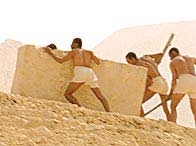The village of Masuleh in Iran is carved into the mountainside, where rooftops serve as streets.
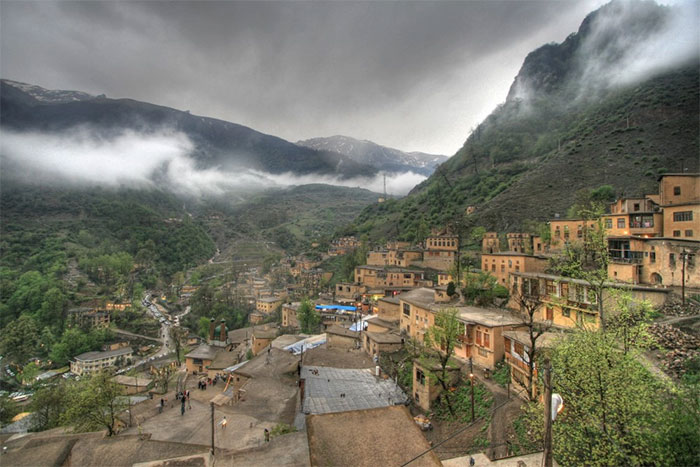
The village of Masuleh was established around the year 1006 AD and was once part of the “Silk Road” in the Gilan region. Due to its rich deposits of iron, zinc, and quartz in the surrounding area, it became a prosperous trading center thanks to the iron industry. For centuries, people from all over came to this area for trade.
Located along the Silk Road in Iran’s Gilan province, Masuleh is one of the most picturesque locations in Iran, featuring lush greenery and houses shrouded in mist, stacked one on top of the other.
Designed to suit the local climate, the houses in this mountainside village are painted bright yellow to ensure they are visible through the fog.
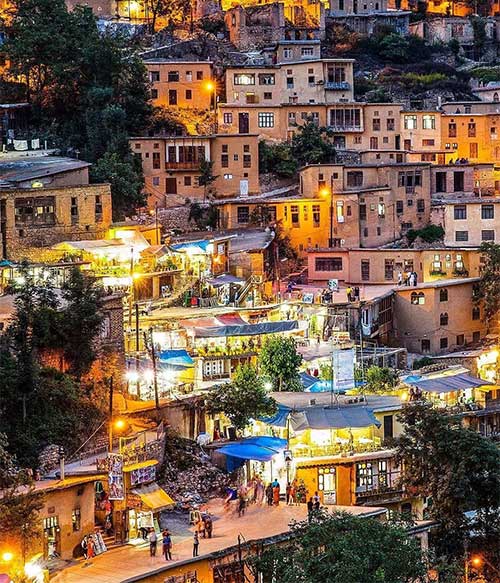
Masuleh features distinctive architecture that reflects the unique adaptation of ancient Iranians to the natural conditions here. Due to the harsh climate, with extremely hot summers and very cold winters, ancient Iranians often built their villages on mountain slopes, using the cliffs to block sunlight and wind. To adapt to the steep terrain, the people of Masuleh constructed their homes in a terraced style, where the roof of one house serves as the courtyard and pathway for the houses above. The houses in the village are typically two stories, made of clay and wood, and are closely built against the steep mountainside. This unique construction means that the courtyard of one house is the roof of another, contributing to the area’s appeal for visitors.
The architecture of Masuleh is truly unique because the buildings are constructed into the mountain and interconnected. However, what stands out even more is the clever use of public space in the village: there are no clear boundaries, and all rooftops are used as courtyards, gardens, and public walkways for residents living above. The roofs and terraces are linked by winding staircases, narrow alleys, and pathways, creating a multi-layered public space that the entire community shares.
Although the staircases are equipped with slopes, their sole function is to accommodate the wheelbarrows used by locals for transporting goods. With only narrow streets and many simple staircases, heavy transport vehicles cannot be used here, making Masuleh truly the only settlement in Iran where cars are prohibited.
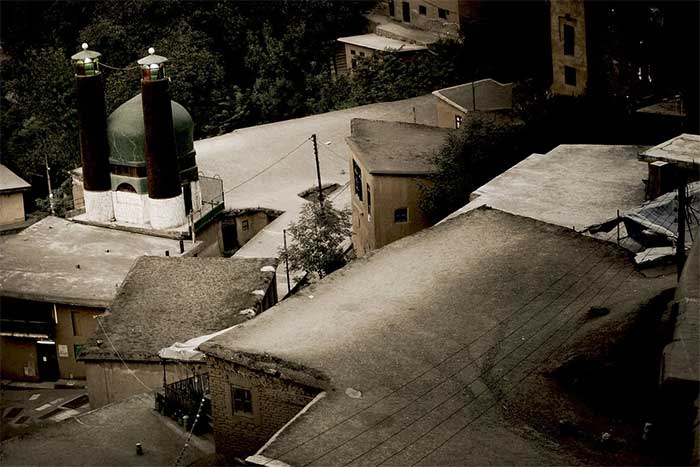
Masuleh is indeed the only settlement in Iran where cars are prohibited.
The stunning architecture of Masuleh is referred to as “the roof of the building above is the courtyard of the building below”. The buildings are mainly two stories (first and ground floors) made of fired bricks, clay, and tree trunks. On the first floor, you will typically find a small living room, bedroom, bathroom, and balcony. The lower floor usually contains the kitchen, connected to the upper floor by narrow internal stairs.
The village attracts an increasing number of tourists each year, and Masuleh has a history of thousands of years and is being nominated for UNESCO World Heritage status.
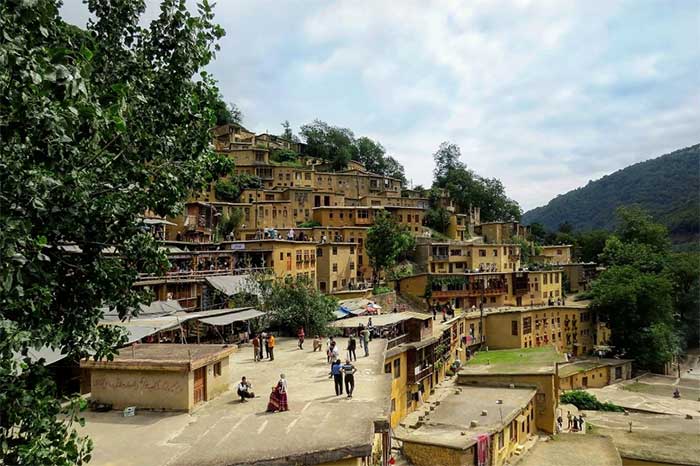
The tiered, multi-level architecture has created a unique identity for the village. The rooftops not only serve as courtyards and gardens but also function as public streets, meeting the residents’ travel needs. This architectural style not only saves space but also helps prevent landslides and has proven sustainable over centuries, despite the materials used being merely clay, stone, and wood. Masuleh is particularly favored by tourists because it is set amidst magnificent natural scenery, with lush greenery, cool and pleasant summers, and winters that are not too cold. Each house here features large windows with colorful panes and lovely flower gardens.
In Chaharmahal and Bakhtiari province of Iran, there is a mountain complex called Sar Aqa Seyyed with very similar architecture. Named after the local Aqa Seyyed temple, this place is known for its unusual architecture, with interconnected buildings constructed into the surrounding mountain. Here too, the roofs of the buildings serve as courtyards and streets for the buildings above. However, in Sar Aqa Seyyed, most houses lack windows and have only one entrance.
Due to the architectural similarities, this village is also referred to as the “Masuleh of the Zagros.”

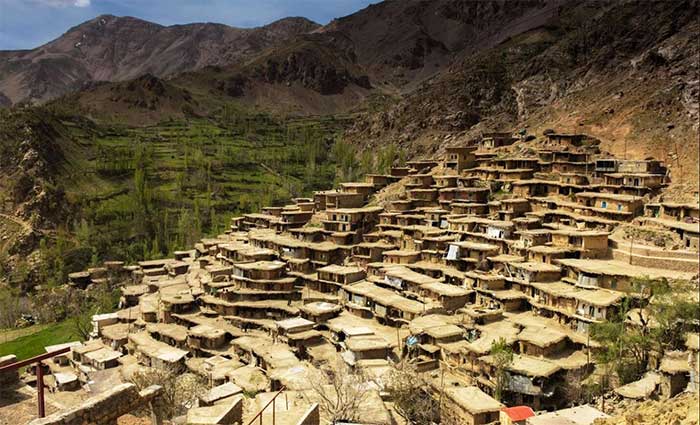
Masuleh is particularly favored by tourists because it is set amidst magnificent natural scenery.
Clearly, one of the reasons this town is less known is its geographical location. Sar Aqa Seyyed is situated at an altitude of about 2,200 meters above sea level. In fact, the town lacks road connections to surrounding towns, and due to heavy rainfall and snowfall in the autumn and winter, it appears completely isolated from the outside world. Therefore, the village can only be visited in spring and summer, depending on seasonal weather conditions.


















































